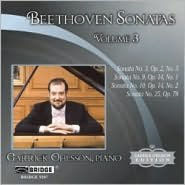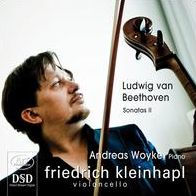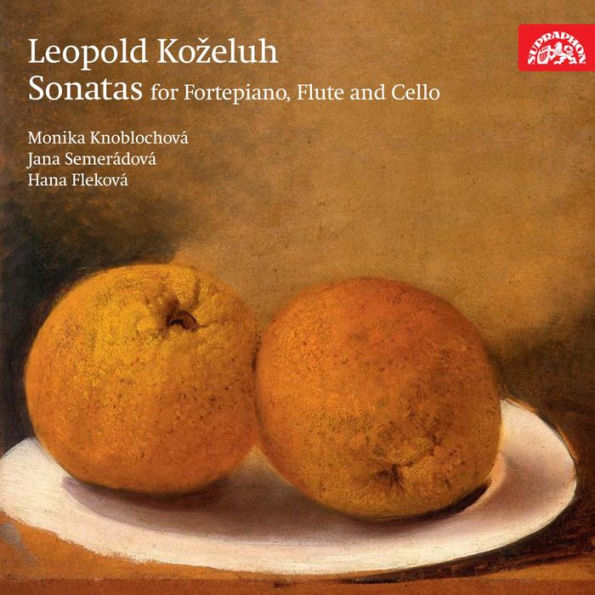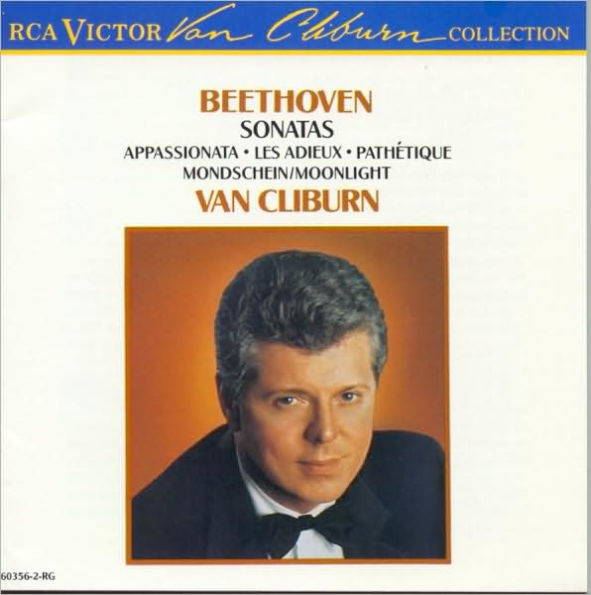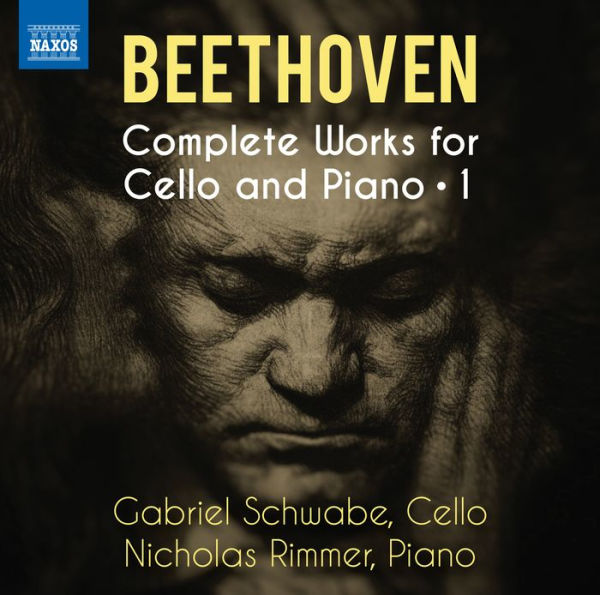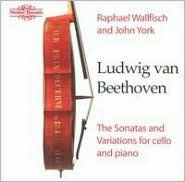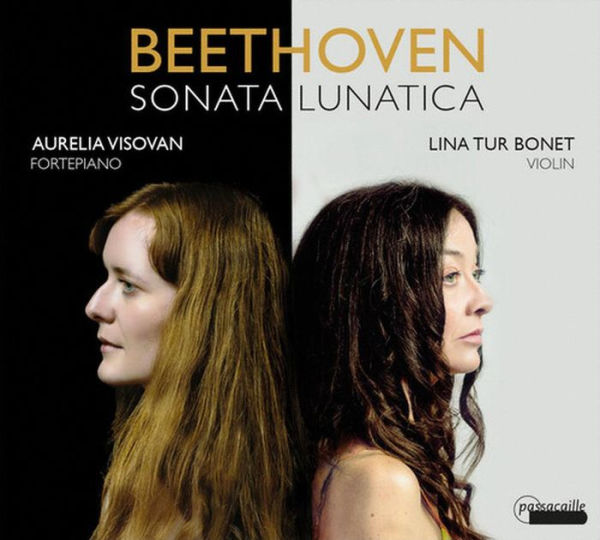Home
Beethoven: Sonatas for Fortepiano and Cello, Vol. 1
Barnes and Noble
Beethoven: Sonatas for Fortepiano and Cello, Vol. 1
Current price: $22.99


Barnes and Noble
Beethoven: Sonatas for Fortepiano and Cello, Vol. 1
Current price: $22.99
Size: OS
Loading Inventory...
*Product information may vary - to confirm product availability, pricing, shipping and return information please contact Barnes and Noble
Bruno Cocset
is known mostly for his work on the Baroque cello, and a glance at this release, the first in a
Beethoven
cello sonata cycle, might suggest a careful historical instrument reading.
's original designation, "Sonata for fortepiano and cello," is observed.
Cocset
plays a contemporary
Stradivarius
copy, with period strings and bow, and
Maude Gratton
not only plays a fortepiano but matches the instruments to the specific repertory, playing a copy of an 18th century Stein fortepiano in the first two sonatas and an original 1822 Broadwood in the
Cello Sonata No. 3 in A major, Op. 69
. This is very far, however, from being a performance that makes Classical-period works sound Baroque. Instead,
and
Gratton
use the sound world of the historical instruments to bring out the incipient Romantic qualities of these works, and they are especially effective in the two early sonatas of
Op. 5
. Consider the oversized Allegro of the
Cello Sonata No. 1 in F major, Op. 5, No. 1
, where the players fill out the 14-minute length with many instrumental shades.
speaks of the "art of the mise en abyme, its ability to deviate from the formal scheme, to dare to go as far as the uncontrolled surge of frenzy or the break in tempo," and indeed, these are tumultuous
cello sonatas that stand out sharply from others on the market. The recording venue, the Ferme de Villefavard in Limousin, France, is another plus (and gets its own write-up in the booklet); it captures the unique sounds of these instruments beautifully. An unusual and convincing
cello recording of interest even to those who have several versions of these works. ~ James Manheim
is known mostly for his work on the Baroque cello, and a glance at this release, the first in a
Beethoven
cello sonata cycle, might suggest a careful historical instrument reading.
's original designation, "Sonata for fortepiano and cello," is observed.
Cocset
plays a contemporary
Stradivarius
copy, with period strings and bow, and
Maude Gratton
not only plays a fortepiano but matches the instruments to the specific repertory, playing a copy of an 18th century Stein fortepiano in the first two sonatas and an original 1822 Broadwood in the
Cello Sonata No. 3 in A major, Op. 69
. This is very far, however, from being a performance that makes Classical-period works sound Baroque. Instead,
and
Gratton
use the sound world of the historical instruments to bring out the incipient Romantic qualities of these works, and they are especially effective in the two early sonatas of
Op. 5
. Consider the oversized Allegro of the
Cello Sonata No. 1 in F major, Op. 5, No. 1
, where the players fill out the 14-minute length with many instrumental shades.
speaks of the "art of the mise en abyme, its ability to deviate from the formal scheme, to dare to go as far as the uncontrolled surge of frenzy or the break in tempo," and indeed, these are tumultuous
cello sonatas that stand out sharply from others on the market. The recording venue, the Ferme de Villefavard in Limousin, France, is another plus (and gets its own write-up in the booklet); it captures the unique sounds of these instruments beautifully. An unusual and convincing
cello recording of interest even to those who have several versions of these works. ~ James Manheim


